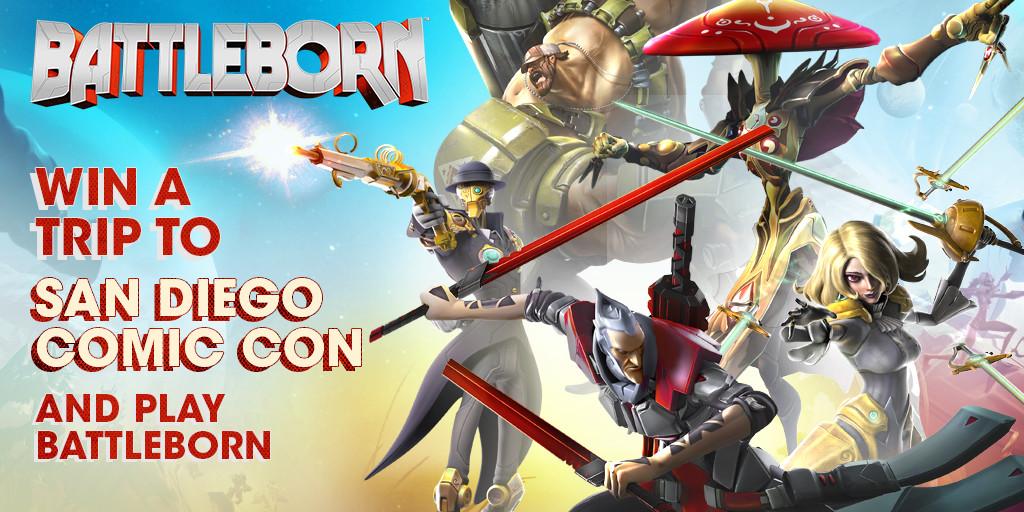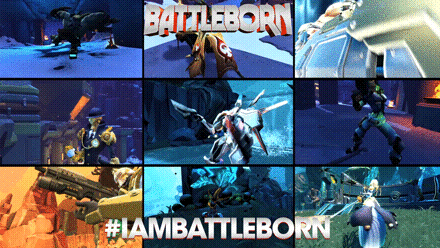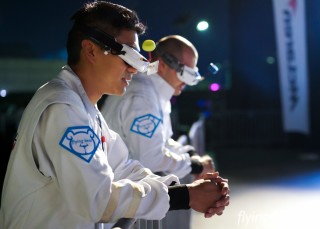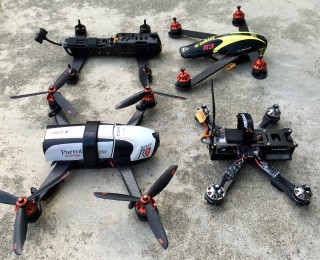With games like Hearthstone, Magic: The Gathering and Pokémon (just to name a few), enthusiasm for collectible card games (CCGs) are at an all-time high. CCG elements have even been included in recent hits like Clash Royale, which makes it the perfect time for a game like Duelyst to come along to take the genre a step further. Developed by Counterplay Games, a studio comprised of designers who have worked on games like Diablo III, Ratchet & Clank and Rogue Legacy, Duelyst is a free-to-play title that combines collectible cards with squad-based tactical strategy elements that you would normally find in turn-based role-playing games.
The game hit Kickstarter in 2014, reached its $68,000 goal in six days, and concluded its campaign with $137,707 in funding. Creative director, Keith Lee, then set to work over the next two years, writing lore that covers 30,000 years of in-game history, which is the equivalent of three novels. This attention to story gives Duelyst its unique personality and a sense of cohesion between its characters and creatures, whereas other CCGs may seem to throw a variety of creatures together without much rhyme or reason to them.
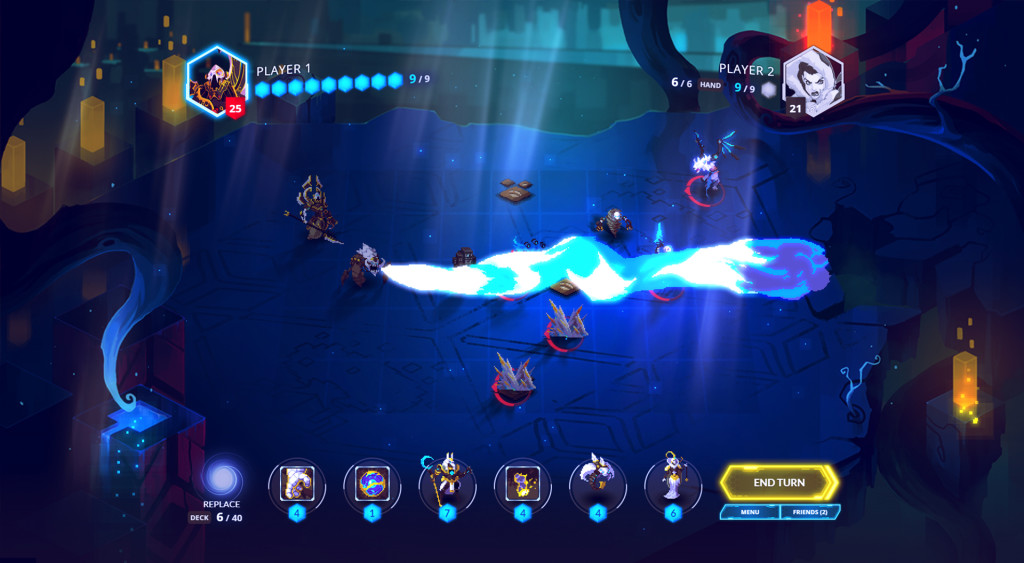
Players choose a General from among six different factions, each with unique spells, creatures and styles, and get to work collecting cards, building custom decks and becoming more powerful. Cards transform into pixel-art animated creatures once they’re placed on the battlefield, where they can be directed like pieces on a living chess board. This level of gameplay gives Duelyst a layer of strategy that isn’t found in other CCGs.
The gameplay itself focuses on 1v1 match-ups, where players can battle each other to progress in monthly ranked ladder seasons, or they can play against the computer in practice mode or solo challenges. One stand-out mode is called The Gauntlet, where players are challenged to survive as long as possible for increasingly better rewards. The game is currently in open beta, which boasts over two million games played so far, and will release for PC and Mac on April 27th before coming to mobile devices sometime in the future.
Keith Lee, CEO of Counterplay, talked to [a]listdaily about the grass-roots promotion of the game and how the emphasis on a deep and evolving story, tactical strategy, and the company’s dedication to supporting the game with new features, could make Duelyst a major player among CCGs.
 What inspired the creation of Duelyst?
What inspired the creation of Duelyst?
A fervent love for classic turn-based strategy games such as Final Fantasy Tactics, Advance Wars and Fire Emblem. However, all these titles are primarily solo oriented, with single-player campaigns and multiplayer generally tacked on as an afterthought.
Instead, we wanted to build a deeply strategic game with a singular focus on multiplayer head-to-head online play. And we wanted to create a game where matches last less than 10 minutes rather than spanning endless hours or days. We’re getting to the point where we as developers can’t simply sit down to play a game uninterrupted for an hour.
How have you been getting the word out about Duelyst?
Primarily through word-of-mouth and organic traffic on Facebook, Twitter, and YouTube. Even in our open beta, we’ve achieved two million matches played from organic growth.
With so many CCGs around now, how will a game like Duelyst stand out?
First, Duelyst isn’t just a traditional card sequence game. We have a top-down tactical battlefield where your battle units actually move around and fight. Think holo-chess [Dejarik] from Star Wars.
Second, Duelyst isn’t just a CCG with story tacked on later. Duelyst contains an immersive living storyline that spans 30,000 years, epochs, with individual lore cards that intertwine to create a logical, cohesive world. As a result, players can also impact the story, so you’ll see the world evolve and develop through time based on our players decisions.
Third, we plan to release deeply integrated in-game tournament tools to support and reduce friction for tournament organizers. This is something not commonly supported in CCGs.
Do you hope that Duelyst will be adopted as an eSport?
We don’t consider ourselves an eSport, since that’s a very top-down approach and mentality that we don’t believe in. We take a bottom-up approach by nurturing, growing, and supporting the needs and aspirations for all types of players in our community. If competitive participation grows month-to-month, then we’re already successful.
What features are you looking to include in the future?
Our next-biggest feature will be a new play mode that will allow players to work cooperatively to achieve common goals. That way, our game isn’t just a purely adversarial 1v1 game, but it also offers brand-new ways to play Duelyst together with your friends.
How do you feel about the tremendous popularity of CCGs right now?
As the popularity of CCGs grows, all CCGs will also grow in new users, like all boats rising with the tide. As it moves to the mainstream, it’s much easier for players to understand card game fundamentals such as card advantage, tempo, and card value across all titles.
We also look at complementary sectors. CCGs like ours that last only 10 minutes are perfect games for waiting or queuing for other games, such as MOBAs where players might need to wait 20+ minutes between queues. So that’s a great thing!
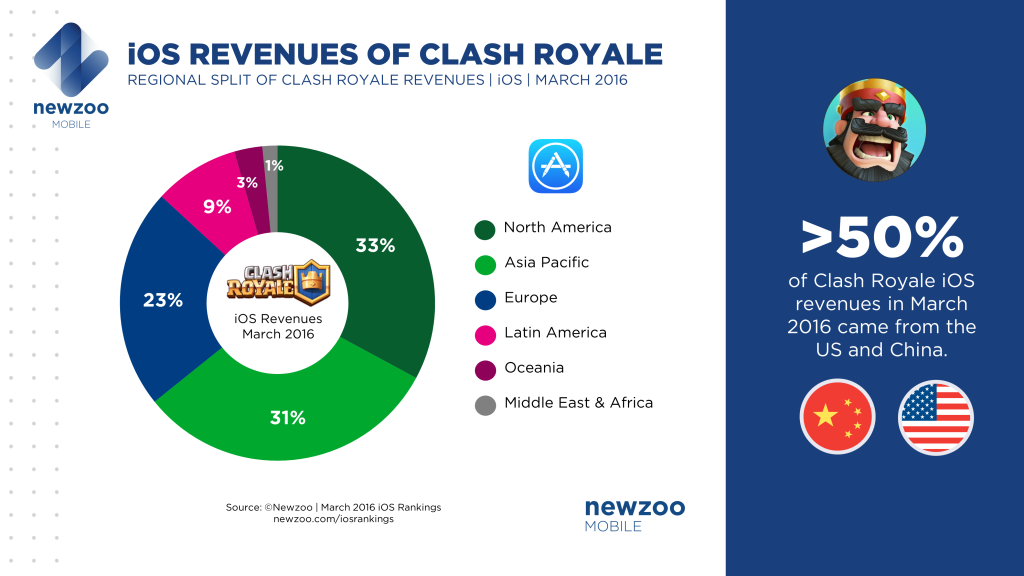
 How does BrightLocker differ from Fig, Gambitious, and other companies in this space?
How does BrightLocker differ from Fig, Gambitious, and other companies in this space?
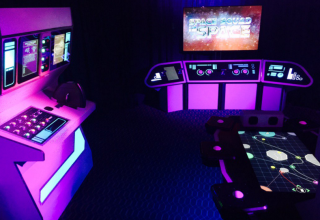
 What do these numbers say about Activision Blizzard’s investment in Major League Gaming and the company’s prospects for its eSports division?
What do these numbers say about Activision Blizzard’s investment in Major League Gaming and the company’s prospects for its eSports division?
